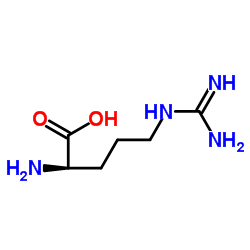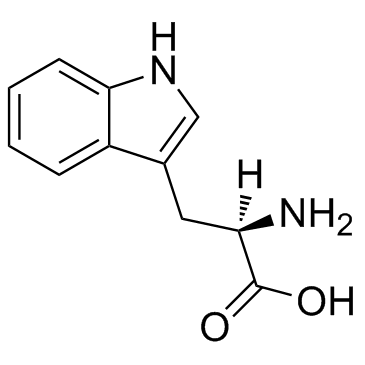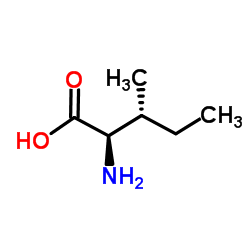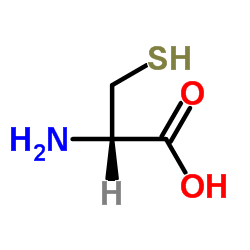| Structure | Name/CAS No. | Articles |
|---|---|---|
 |
H-D-Arg-OH
CAS:157-06-2 |
|
 |
D-tryptophan
CAS:153-94-6 |
|
 |
D-Lysine
CAS:923-27-3 |
|
 |
D-Isoleucine
CAS:319-78-8 |
|
 |
D-Cysteine
CAS:921-01-7 |